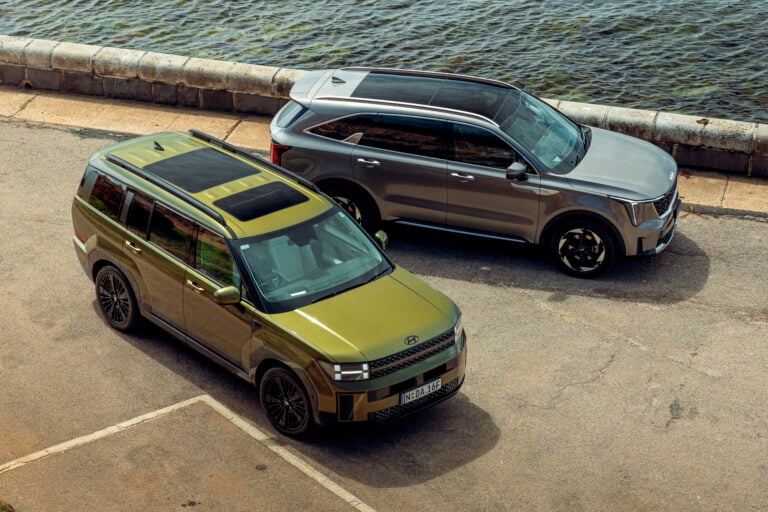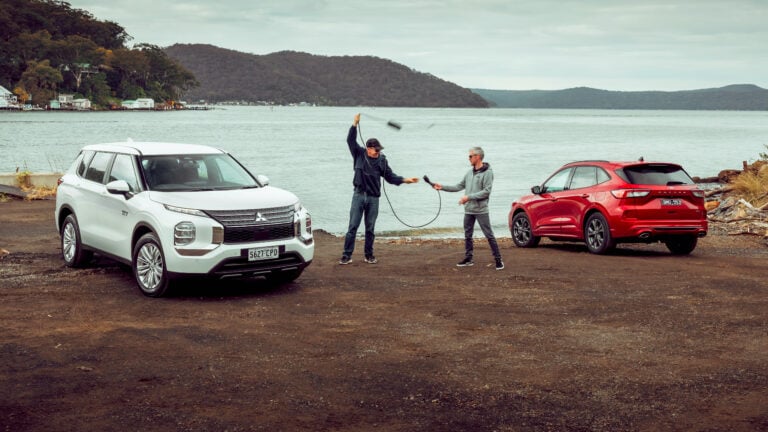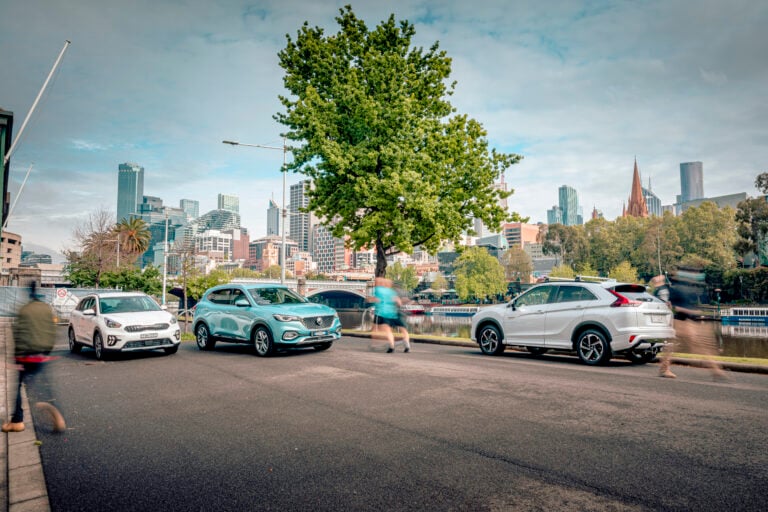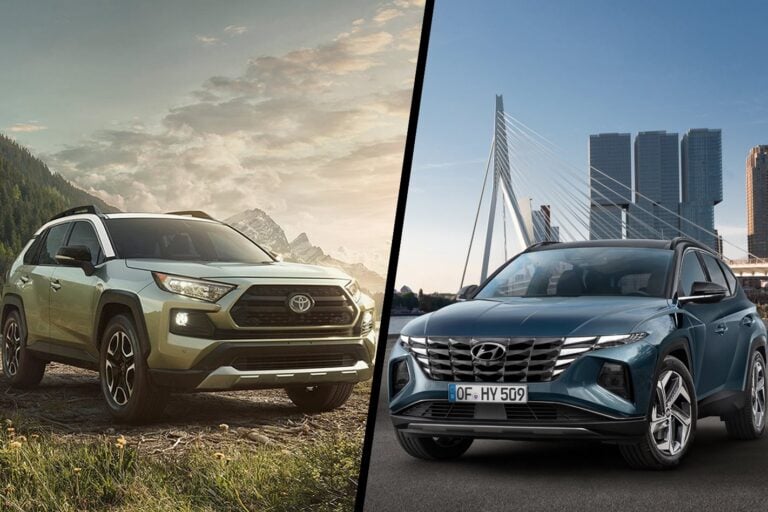Hybrid and Plug-in Hybrid EV (PHEV) cars
Latest PHEV & Hybrid Reviews
-
 Comparisons
Comparisons2026 BYD Atto 1 vs MG3 Hybrid: We run the rule over the two small, budget warriors
Two small cars with miniscule running costs, but which is the best choice for budget-conscious buyers?
-
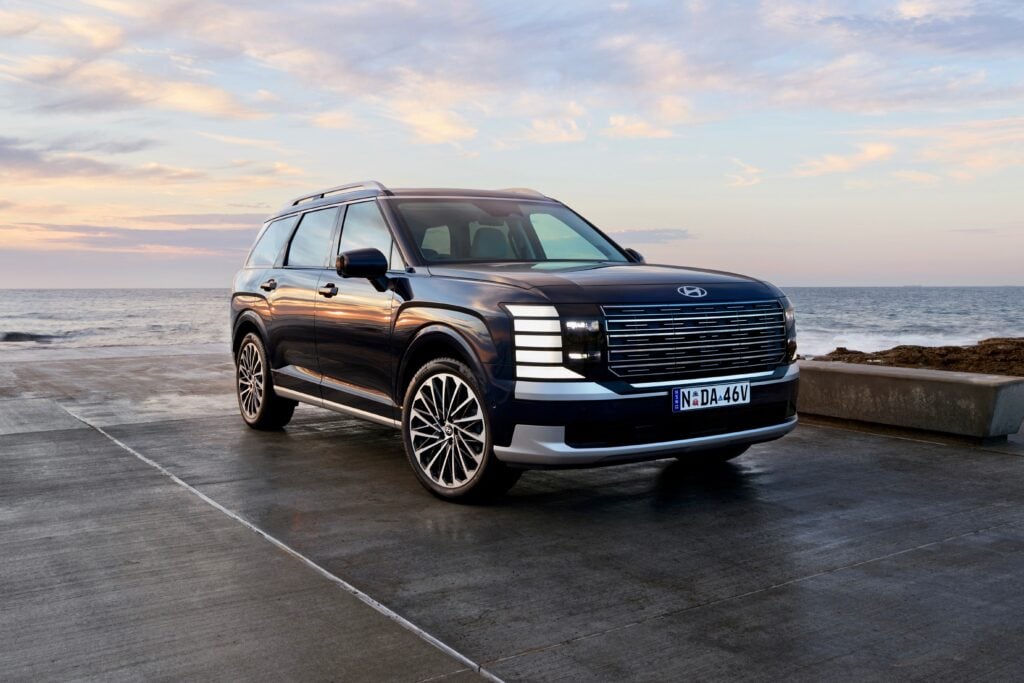 Reviews
ReviewsHyundai Palisade review: Hybrid power now part of luxuriously appointed 2nd gen large SUV
The Hyundai Palisade has entered its second generation with more class, luxury and performance as part of the brand’s continuing roll-out of upgraded product.
-
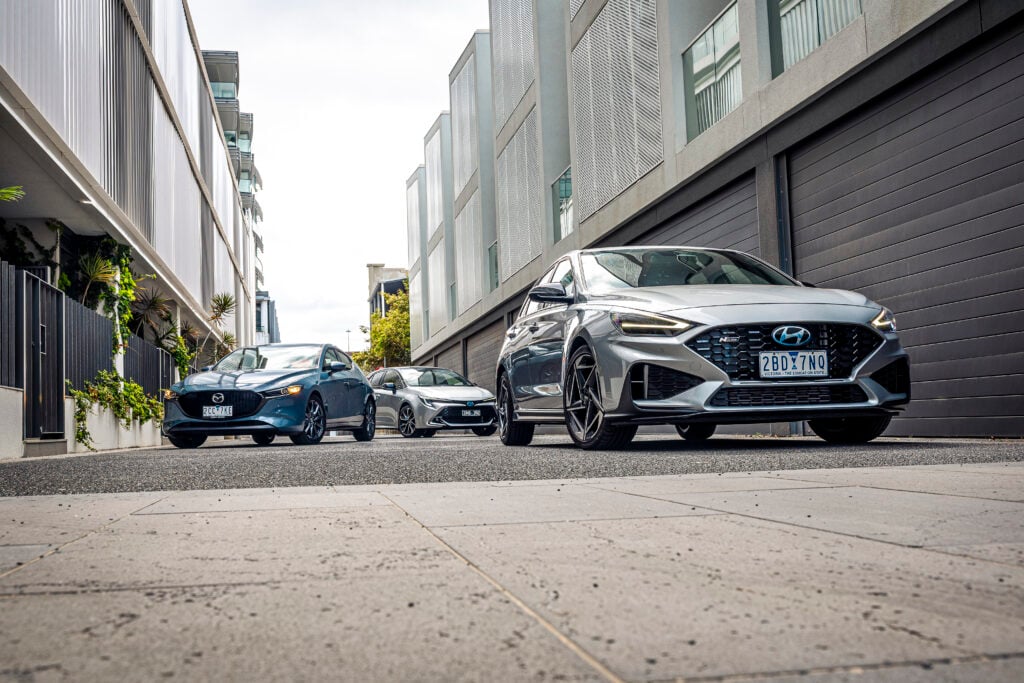 Comparisons
ComparisonsPopular hatchbacks comparo: Hyundai i30, Mazda3 and Toyota Corolla face off
What’s the best hatchback you can buy on a $40k budget? It’s a simple question. The answer? That’s not quite so straightforward.
-
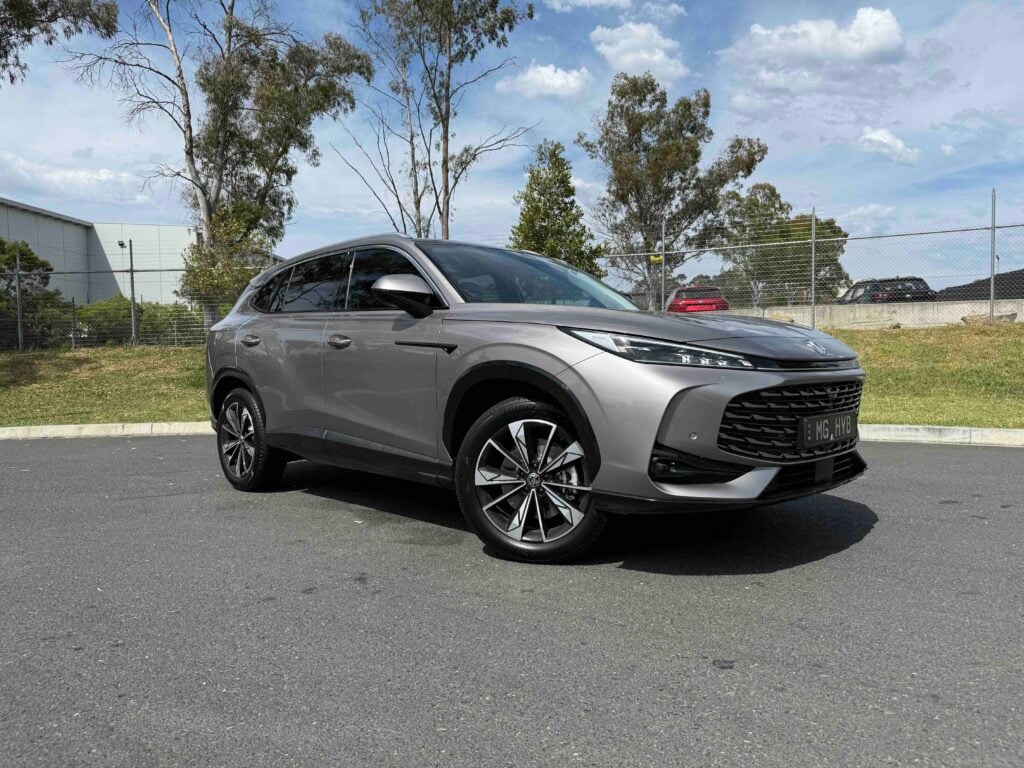 Reviews
Reviews2025 MG HS Hybrid+ review: First drive reveals a serious addition to the crowded medium SUV field
Medium SUVs are a key battleground in the Australian new car market with more Aussies than ever considering the switch to a hybrid or plug-in. With that in mind, you’d have to argue that the new MG HS Hybrid+ is the right vehicle at the right time.
-
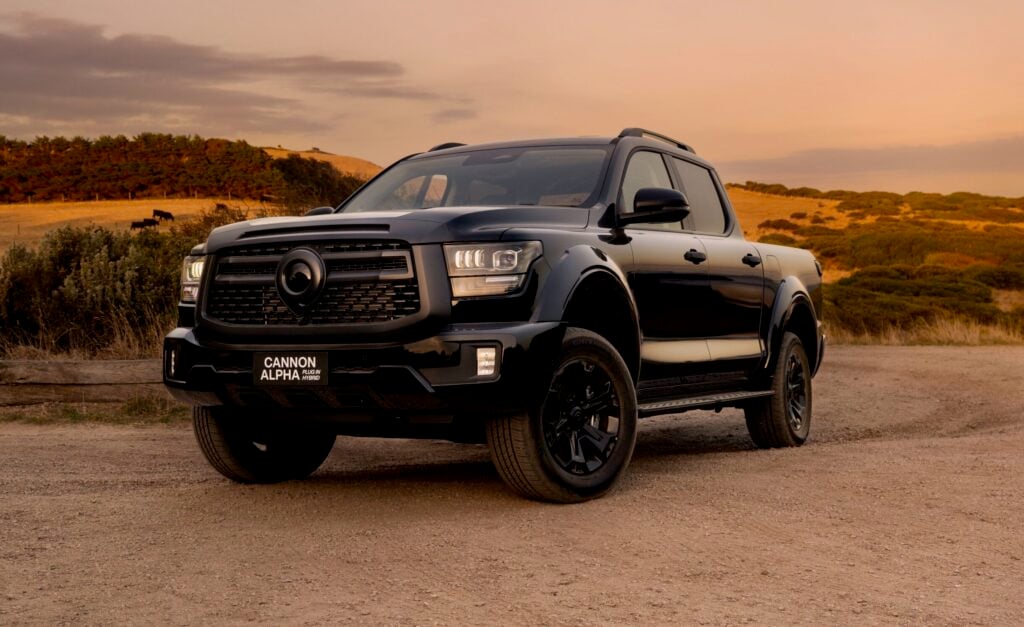 Reviews
Reviews2025 GWM Cannon Alpha PHEV review: New contender arrives in the best value-for-money dual-cab showdown
-
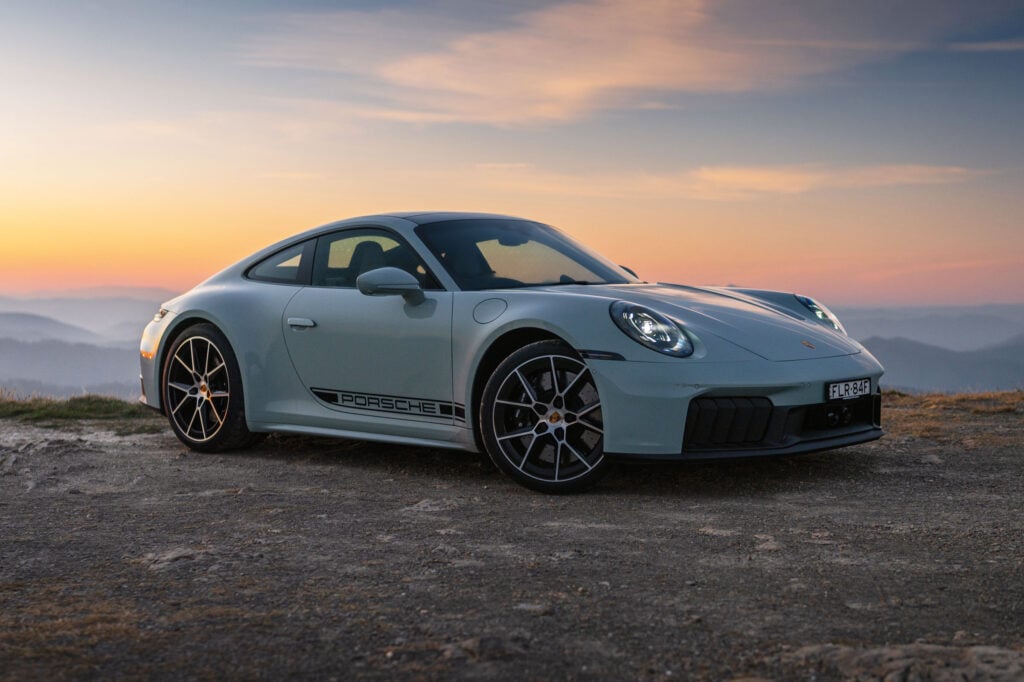 Reviews
ReviewsPorsche 911 Carrera GTS review: A new frontier for the company’s most iconic model
-
 Reviews
Reviews2025 Mazda CX-60 D50e review
-
 Reviews
Reviews2025 Toyota Corolla ZR Hybrid review: Is small still beautiful?
Latest PHEV & Hybrid News
-
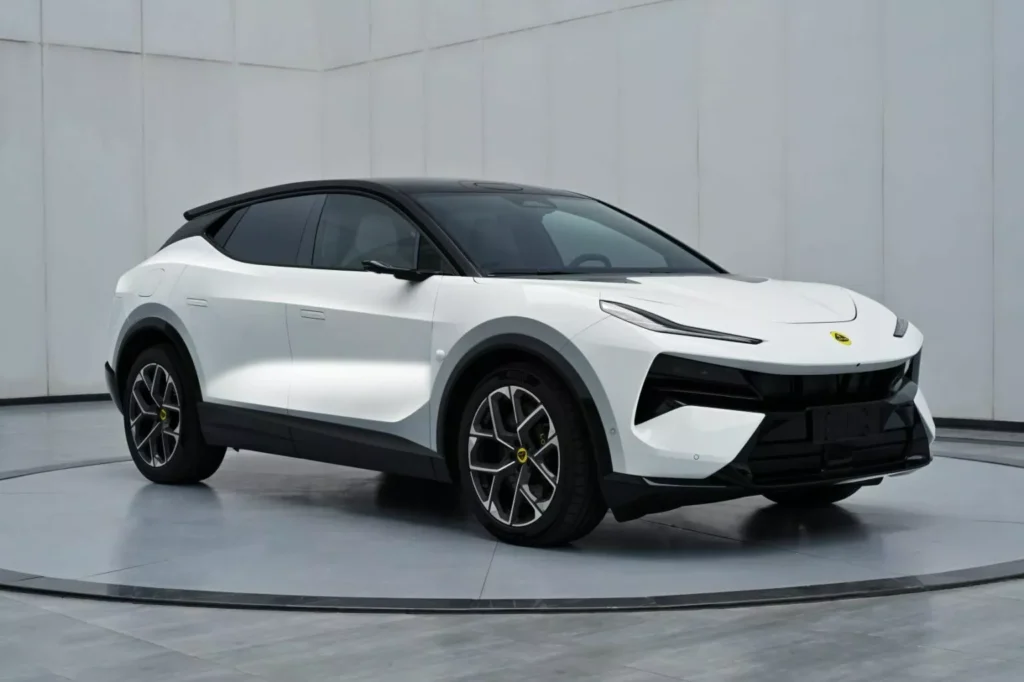 News
NewsLotus For Me: Sneak peek at Eletre SUV plug-in hybrid with 1000km range
Pictures of Lotus’ electric super SUV with a new plug-in hybrid drivetrain, dubbed ‘For Me’, have been leaked online.
-
 News
News2026 Kia Seltos: Major update revealed for popular small SUV
The important second-generation Kia Seltos has been revealed ahead of a Q4 2026 Aussie release.
-
 News
NewsToyota C-HR+ electric SUV confirmed for Australia… but not until 2027
The Toyota C-HR+, a smaller electric SUV than the bZ4X already on sale, has been confirmed for the Australian market
-
 News
News2026 Toyota RAV4: Australian pricing announced ahead of early 2026 deliveries
Australian details for the 2026 Toyota RAV4 range have been revealed with a revised line-up, a new plug-in hybrid drivetrain and added standard features.
-
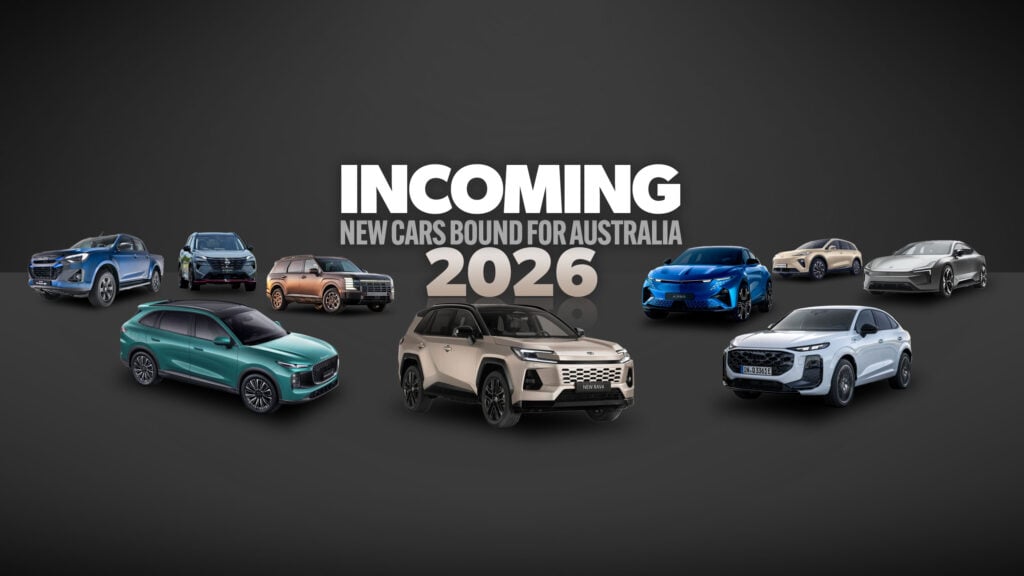 News
NewsNew car calendar 2026: All the new cars coming to Australia next year
-
 News
NewsHybrids and EVs to now feature compulsory pedestrian warning sounds in Australia
-
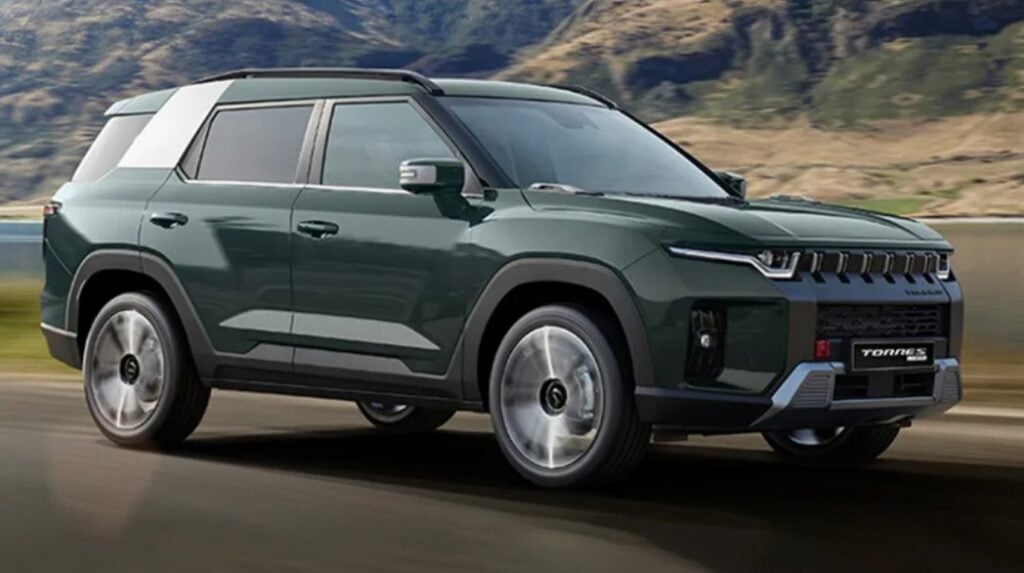 News
NewsKGM Torres: Mid-sized SUV line-up to expand with new hybrid option at sub-$50K price
-
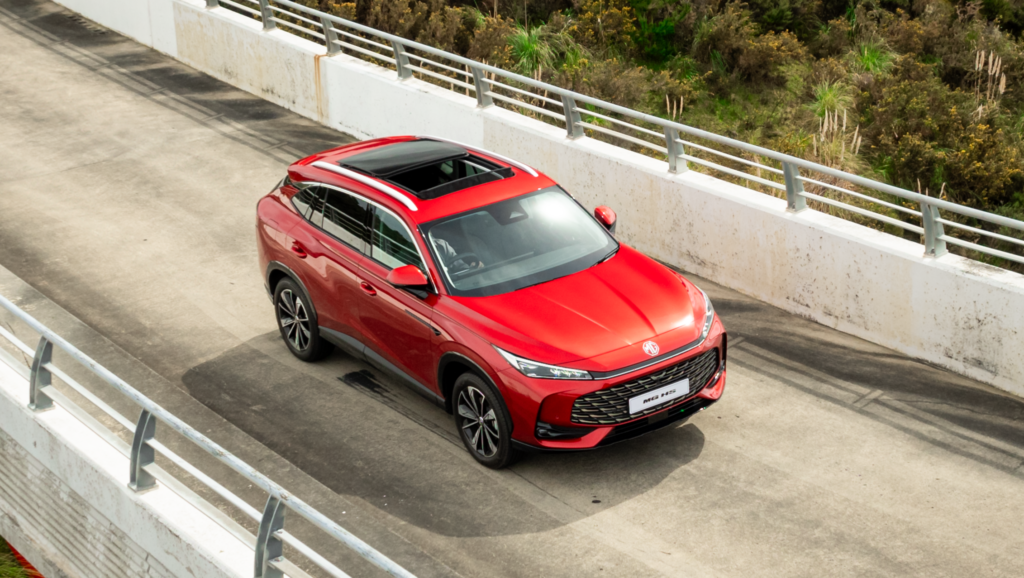 News
News2025 MG HS Hybrid+: New medium SUV adds power and improves efficiency



